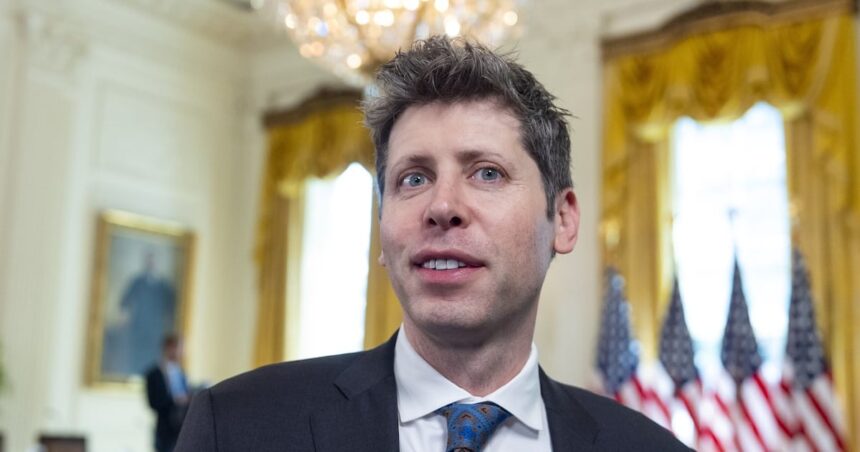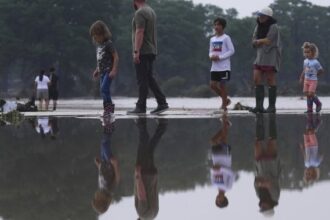The line between reality and digital fabrication blurred significantly last month as OpenAI’s text-to-video generator Sora began rolling out to select creators, marking a watershed moment in artificial intelligence capabilities. Within hours, stunningly realistic videos of impossible scenarios—from bustling underwater cities to hyper-detailed historical recreations—flooded social media platforms, leaving viewers both mesmerized and concerned about the implications for truth in digital media.
“What we’re witnessing isn’t just technological innovation—it’s a fundamental shift in how visual information can be created and consumed,” explains Dr. Elaine Zhao, digital ethics researcher at the University of Toronto. “The barrier between what’s captured by a camera and what’s generated by algorithms has effectively collapsed.”
Sora’s release follows closely behind Meta’s expansion of its own AI video tools, creating what industry analysts describe as an accelerating race in generative video technology. Unlike previous AI video generators that produced choppy, unrealistic outputs with limited duration, Sora can generate up to one minute of high-definition video that maintains remarkable physical consistency and realistic motion—qualities that make its creations particularly convincing.
While creators have showcased Sora’s artistic potential through fantastical scenarios like dinosaurs wandering through modern cities or photorealistic animations of impossible physics, concerns about potential misuse have dominated discussions in policy circles. Congressional representatives have already called for hearings on AI-generated media, particularly as the U.S. presidential election approaches.
“The ability to create what appears to be authentic video evidence of events that never occurred poses unprecedented challenges for democratic discourse,” notes Michael Bennett, director of the Center for Digital Truth at Harvard’s Kennedy School. “When seeing is no longer believing, how do we maintain shared factual ground?”
OpenAI has implemented several safeguards in Sora’s initial release, including visible watermarks, metadata tagging, and strict limitations against creating content featuring real individuals or simulating news events. However, experts from the Canadian Centre for Media Verification question whether these protections will remain effective once the technology spreads.
“History suggests that technical guardrails eventually get circumvented,” says Marisa Lang, the Centre’s director. “Once these capabilities exist, they tend to become democratized quickly, and not always with the original safety measures intact.”
The business implications are equally transformative. Production studios, advertising agencies, and media companies are rapidly developing strategies to incorporate AI-generated video into their workflows, potentially disrupting traditional content creation pipelines that employ millions worldwide.
Film director Christopher Nolan recently expressed concern about what he called “the coming flood of AI slop” in entertainment, while others in the industry see opportunities for democratizing video production. The competing visions highlight the polarized response to these tools across creative industries.
International reaction has varied significantly, with the European Union moving swiftly to extend its AI Act provisions to cover generative video, while countries like Canada are still developing regulatory frameworks. Meanwhile, several Asian markets including Singapore and Japan have embraced the technology, positioning themselves as early hubs for AI-generated content production.
As these tools become more widely available in the coming months, questions about verification, authenticity, and digital literacy take center stage. Will we develop the necessary critical skills to navigate a media environment where seeing is no longer believing, or are we entering an era where visual evidence itself becomes meaningless in public discourse?
For each breakthrough in generative AI capability, society faces a crucial question: are we prepared for a world where the camera no longer represents an objective witness to reality?










